Malcolm Jolley talks to Amy Hundley, editor of the author’s posthumous food writing collection.
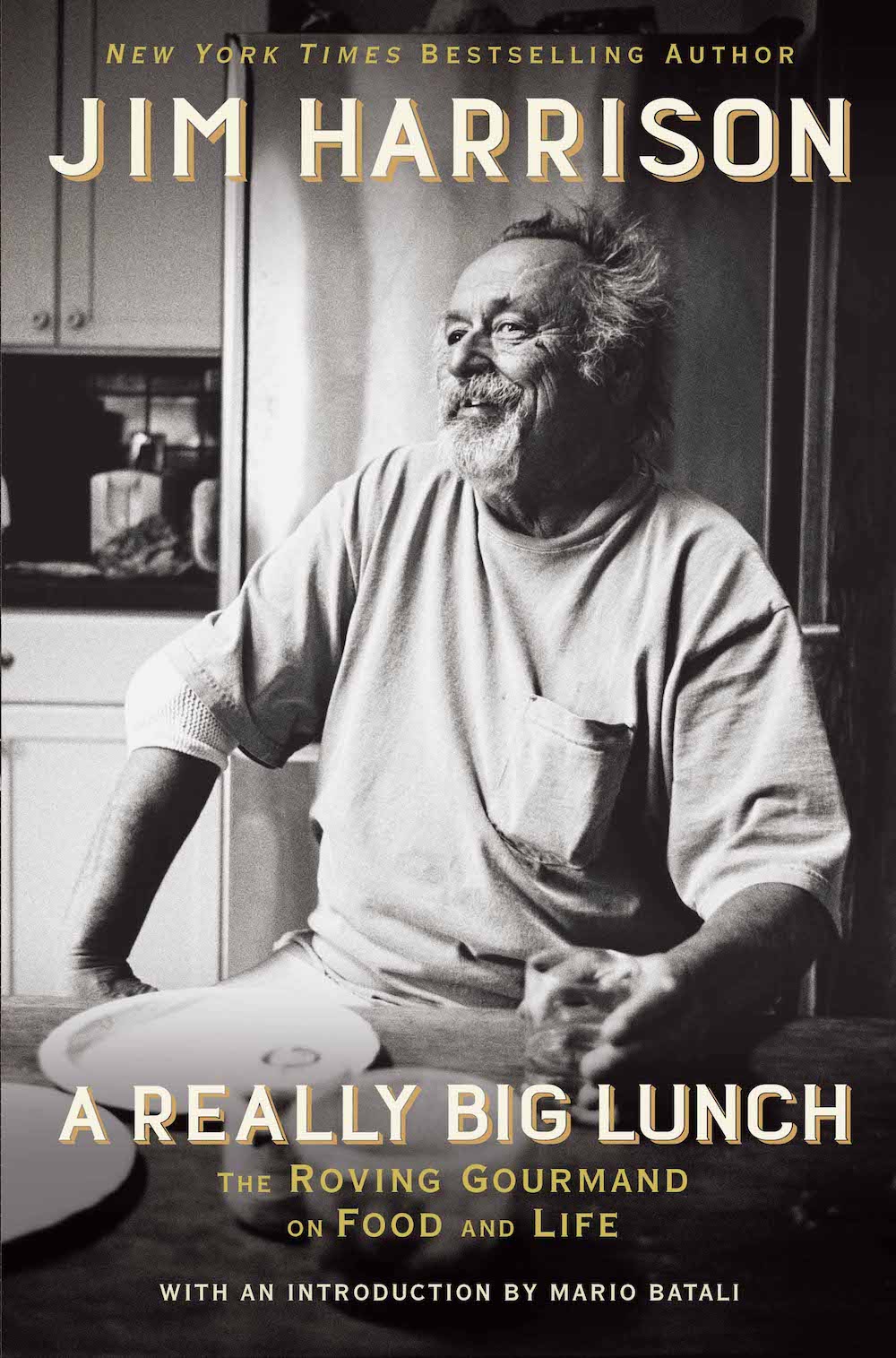
When Jim Harrison died in March of last year, his reputation as one of America’s literary lions was well established. At least by me, who grew up reading his novels as a teenager, which were full of both outdoor adventure and quiet meditation, as well as a lot good old sex and drugs and rock’n’roll. My delight was absolute, when in my late twenties I rediscovered Harrison as not just an award winning poet and novelist, but an increasingly prolific food and wine writer.
A new collection of Harrison’s writing on food and wine has just been published, A Really Big Lunch: The Roving Gourmand on Food and Life. It takes it title from a New Yorker piece Harrison wrote about travelling to Burgundy for a 37 course lunch (“with only 19 wines”), and the collection includes that piece as well as some accounts of equally heroic dining. The collection also includes pieces Harrison wrote for Toronto-based Brick magazine, and the newsletter published by California wine importer Kermit Lynch. Fans of Harrison will recognize an old friend, full wit and romance in the collection of essays, and will forgive the author when he fools his readers with the occasional injection of fictive fantasy. They’ll also recognize, from his novels and poetry, a love wild game and fish, garlic, the company of women, and determination to try and make life interesting, if not always fun. Many of the pieces in A Really Big Lunch are examples of some of his last prose writing, and when they are not laugh out loud funny, they can be poignant and bittersweet.
I caught-up with Jim Harrison’s last literary editor and the person responsible for putting together A Really Big Lunch, Amy Hundley of Grove Atlantic. The interview below is based on our conversation by phone between Toronto and New York. It has been edited for length, clarity and style.
Good Food Revolution: How did this book come about?
Amy Hundley: I have been editing Jim for what must be almost 20 years. It was 20 years ago that we published The Road Home, which was the first book of Jim’s that Grove published. He came to Grove Atlantic after his publisher, the legendary Seymour Lawrence died, and my boss Morgan Entrekin had worked with him as I young editor. So, since Jim had a trust relationship with Morgan, he came to us and said, “Do you want to publish me?” It was a huge thing for our company, actually, to have an author of that caliber put his trust in us. So, that happened in 1993-4, I suppose, and I started working at Grove at the end of 1995 and into 1996. And I worked on The Road Home. Obviously I was not editing him at that point, but I got to have a front row seat to watch the process. It was really exciting.
GFR: So, you knew him quite well.
AH: He took a liking to me through he process of corresponding and dealing with things on Morgan’s behalf. Talking on the phone and all of that. He was always very interested in getting to know young people. He would ask you about your background, and I’m from Chicago, so we had a mid-Western connection. When the next book came in, which I believe was The Beast God Forgot to Invent, he started entrusting thing to me as well. So, I was there when we did The Raw and the Cooked [2001], which was his previous collection of food pieces, as well as Off to the Side, which was his memoir and had a great deal to do with food and wine. He writes very beautifully about food and wine, and other forms of alcohol in which he indulged slightly less.
We talked about this book [A Really Big Lunch] in a vague way, before he passed away. At the time that we published The Raw and the Cooked, he had just started writing for Brick. I think there were one or two of the first pieces he wrote for Brick in that book. That book collected everything he had done for glossy magazines, like Esquire and Men’s Fitness, and then a couple of stray pieces here and there. But there was a lot that hadn’t been used, and in the process of putting it The Raw and the Cooked together Joyce Bahle, who was his absolutely incredible assistant, dug out some pieces he had written for a small magazine called Smoke Signals predated his relationship with Saveur and Esquire. So, these were pieces that built Jim Harrison’s reputation as a food writer that not very many people, or a national audience had seen. So, we were able to collect those, as well as all the remaining Brick pieces, all the Kermit Lynch pieces and then a bunch of other pieces that had been published, like one from Playboy, and obviously, The New Yorker piece [A Really Big Lunch]. We were really trying to cast a wide net to find everything he had written on food and wine.
GFR: Well, I think you got a pretty good haul.
AH: It’s a beautiful haul. For your Toronto readers, he had a lot of fun writing for a Canadian publication [Brick] during the George W. Bush years. He was constantly contrasting our political situation with yours.
GFR: Which, I picked up on, to great delight. That’s a bit of a bonus for Canadian readers; we like to be noticed and mentioned. I have to ask you: since you were his editor, you must have had lunch with Jim Harrison. What would that be like?
AH: Oh yes! But before we ever had lunch together, one of his favourite things to do was to call me and ask me what I had for lunch. And he was always really disappointed because I was an assistant in my 20s with no money. I think he really wanted to think of me as going out to these white table cloth restaurants in Manhattan and having a steak and a Martini. Also, I didn’t eat meat, which was a very big disappointment to him. [Laughs.] You know, I would go to the deli and get a sandwich, which would be tuna or egg salad. So, he would give me shit about that constantly. Like, “How’s your tuna today?”
He was very invested in sharing his passions with people. He was obsessed with a lot of restaurants in New York. On of the ones we went to together more than once is Casa Mono (I think he talks about it in the book a little bit). It’s a tapas restaurant. He went there and they knew him. It’s in the Mario Batali family of restaurants, so they know he was coming and would bring out some Prosecco right away. And they would bring out things that weren’t on the menu. I think they actually named a dish after him? (I’m not sure if that happened before or after he passed away.) He would order for the table, but he was always very solicitous of me not eating meat and make sure that we had some really amazing octopus and all the different fish dishes they do incredibly well like mussels and things like that. So, I did not mind if he ate meat in front of me! [Laughs.] He really loved meat. He loved the organ meat and things like that.
GFR: And Jim Harrison became really celebrated among the chefs and people in culinary scene, like Batali, or by people like Anthony Bourdain, who I think filmed him twice for his TV shows. This epicurean side to him, this food writing side, in late career really kind of took off?
AH: Absolutely. He devoted a lot of time to food and wine throughout his life. He had a great friendship with Bob Sloan, a novelist who also wrote a cookbook called Dad’s Own Cookbook. It’s a really good basic cookbook. He wrote it when he had to cook for his kids by himself, and it’s based on the premise that if you have never cooked before this is a really good and approachable way in. So, Jim Harrison loved the really complicated and technique-oriented food, but he also loved really simple food. And, I think it meant a lot to him to have friends like Batali and Bourdain who recognized in him his approach to food, and his love of food and wine.

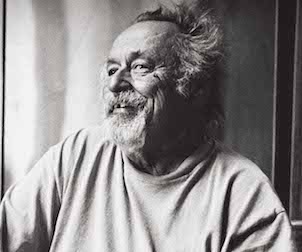

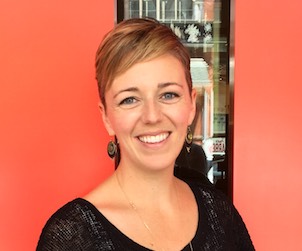
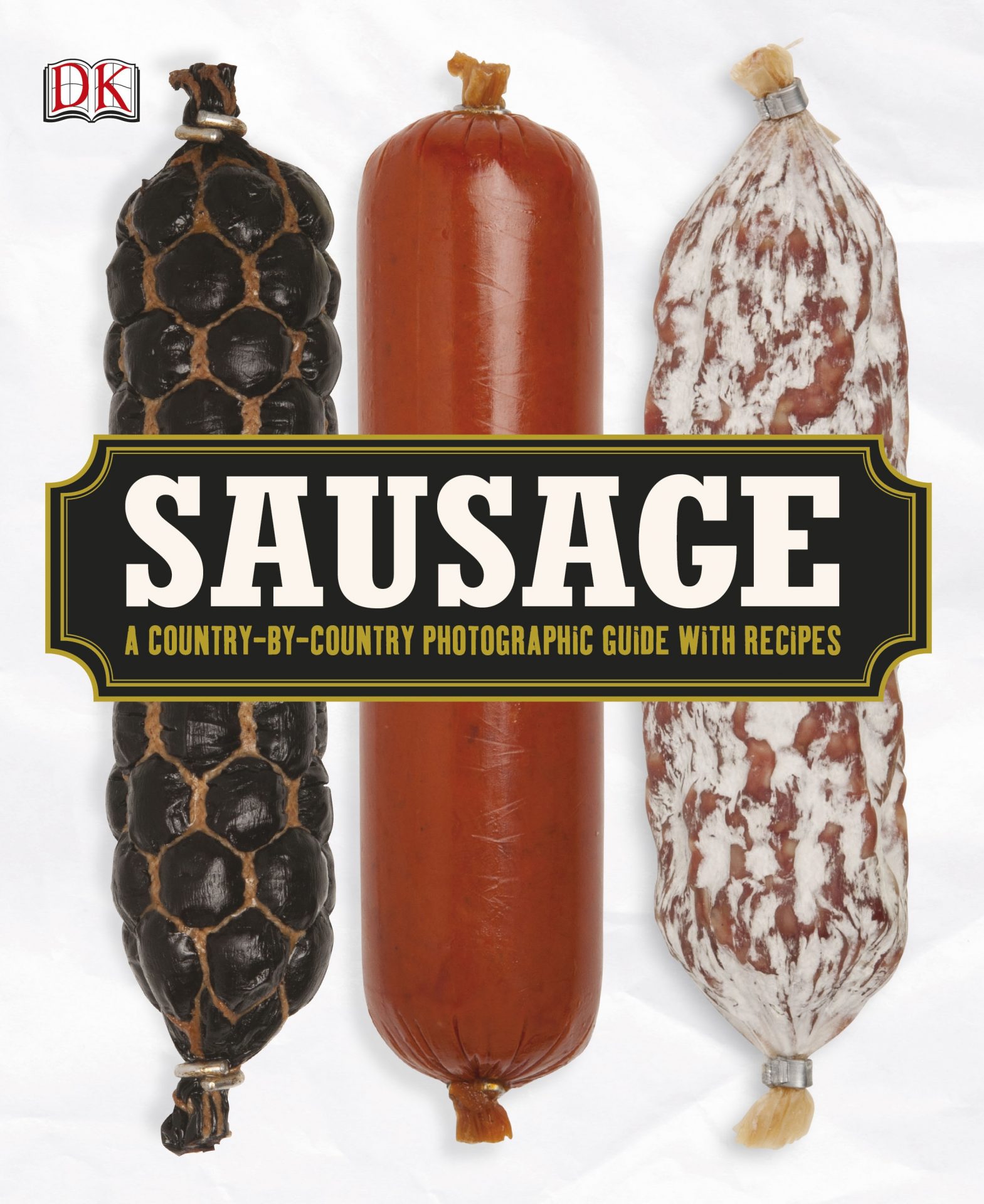
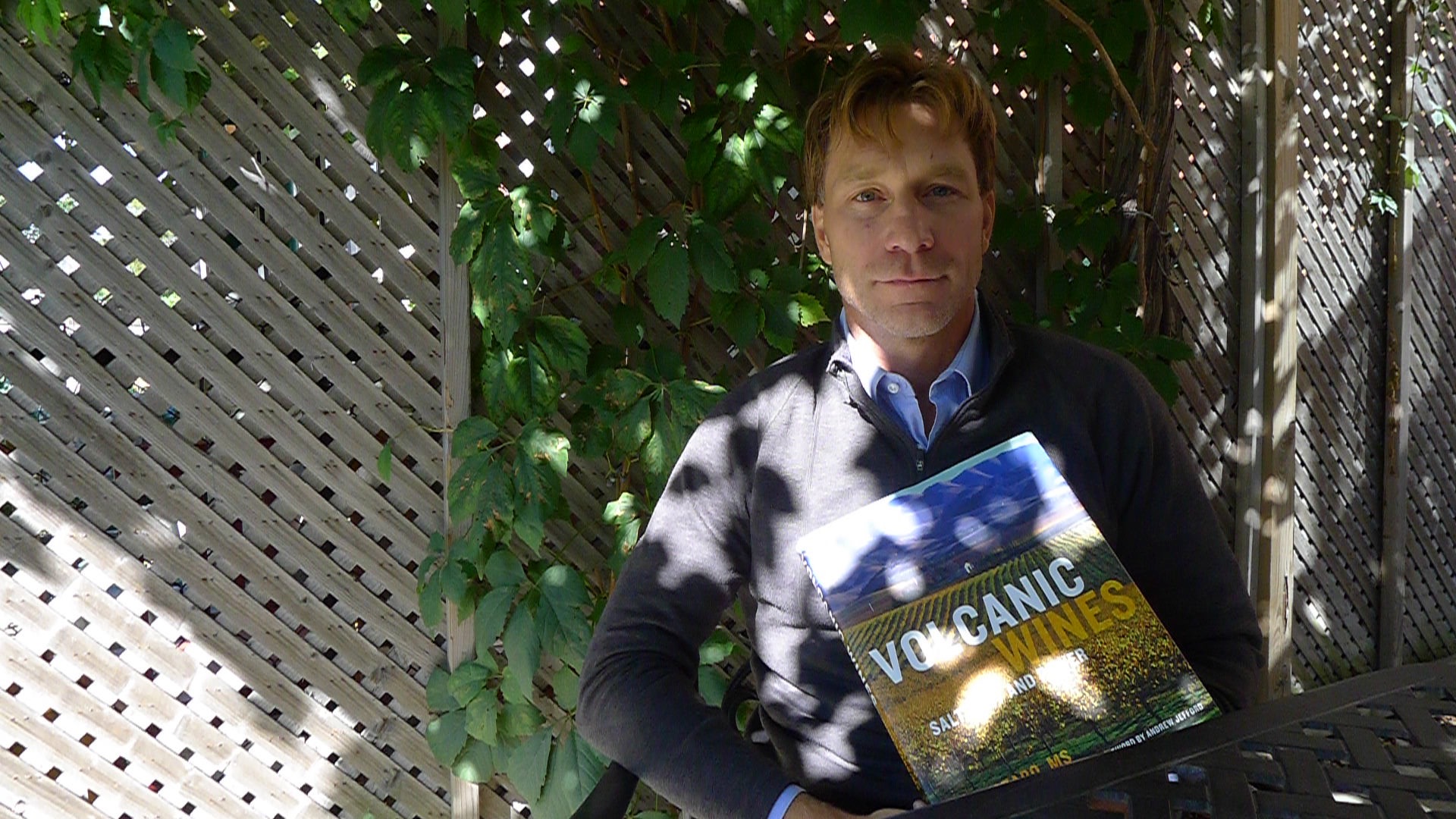
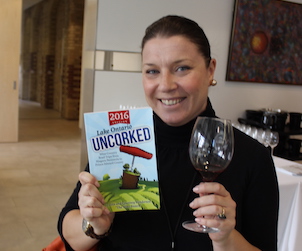

One of my favourite larger- than- life food personalities. Thoroughly enjoyed The Raw and the Cooked. So looking forward to reading Really Big Lunch. Thanks for the excellent post.